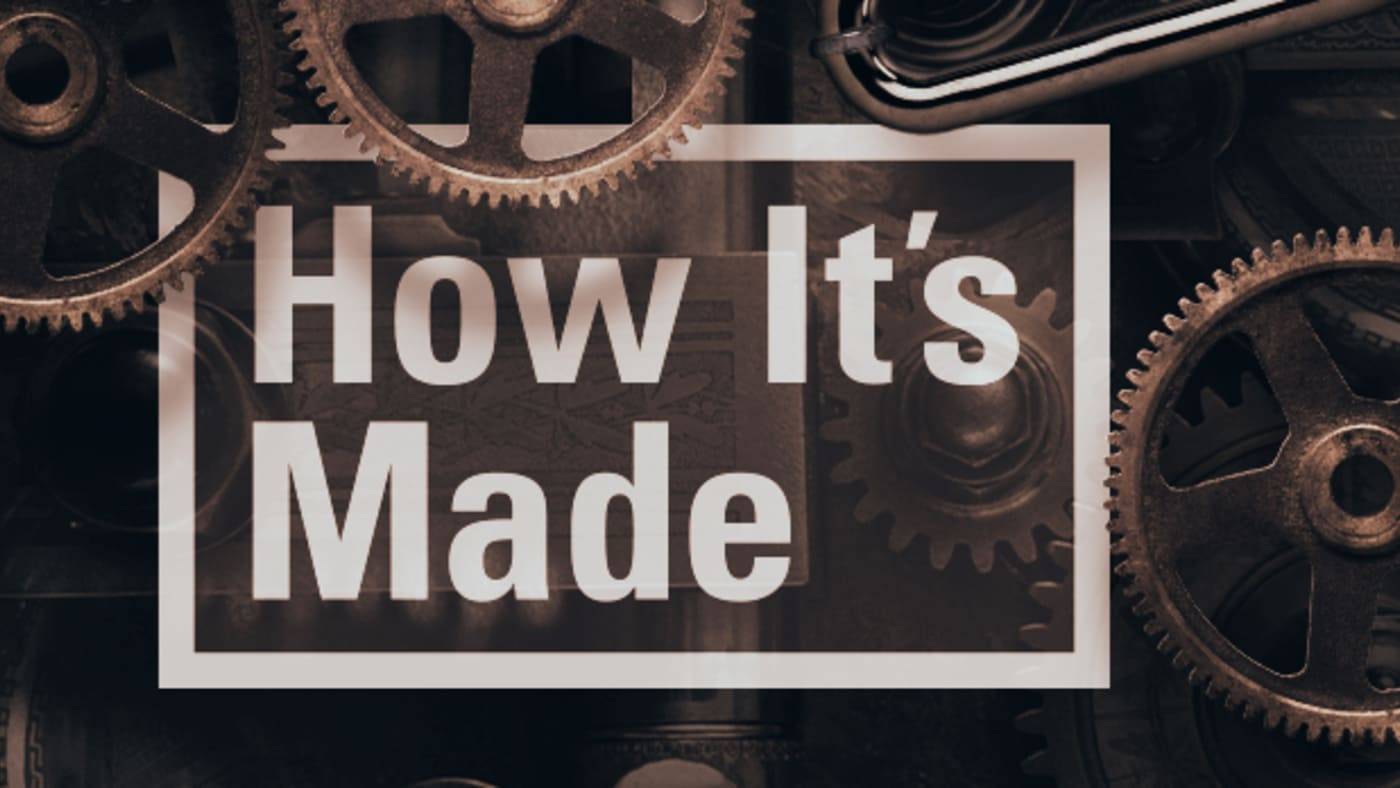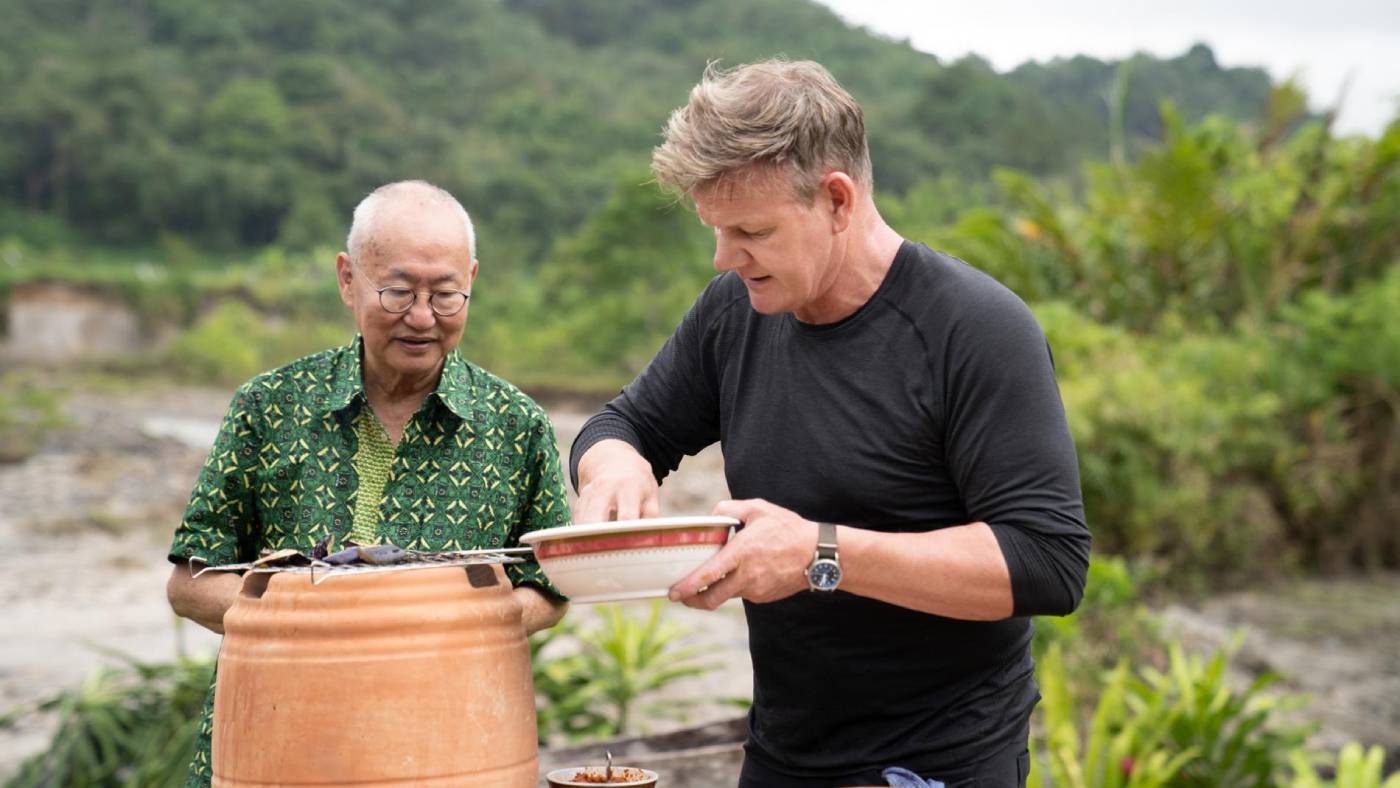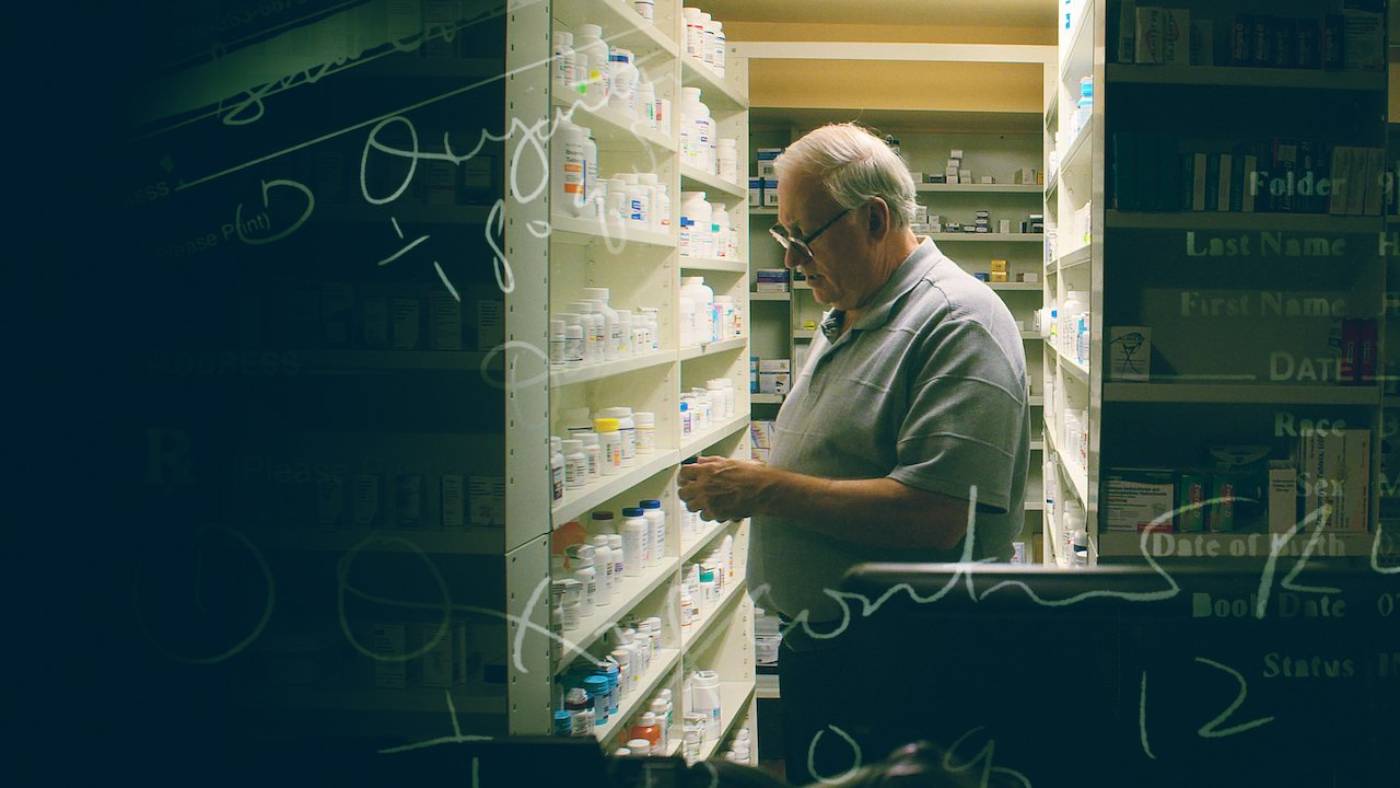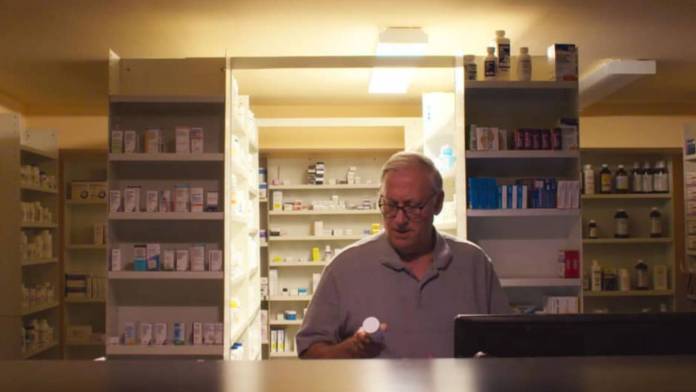The documentary genre has always been a thriving part of film. Originally used by news journalists to capture the events happening in the world, documentaries—while still used by the news—allow professionals and aspiring videographers to capture a wide range of topics that are relevant on both a wide-scale level and a personal level. While we are all aware of what documentaries are, how does it differ from a docuseries?
Docuseries differ from the typical documentary. While similar, there are some distinct differences. We’ll cover what those differences are and talk about a few examples of popular docuseries.
Docuseries defined
Docuseries are similar to documentaries; however, while docuseries are singular films covering events or topics, docuseries are a series of two or more episodes. Back in the 1950s through the 60s, docuseries were the main staple of news networks. They would develop and air newsworthy documentaries to help inform and cover events happening in communities and in the world.
A good example of a news docuseries is CBS’s 60 minutes. The program, still airing today, airs documentary-style installments to audiences. Entertainment documentaries started emerging in the 1950s, which eventually lead to the development of docuseries. Today, docuseries cover a wide range of topics from entertainment to educational.
How are docuseries and documentaries different?
Docuseries and documentaries are similar in many ways. They both look to document real-world events, some unbiased and others with a motive to instill change or educate people on topics not normally covered. However, docuseries have different pacing than a standard documentary.
Since docuseries use an episodic approach, oftentimes the episodes don’t have the same amount of time to cover a particular subject as a full-length film does. However, the entire docuseries in total might have more time than a documentary does. Still, the creators have to deal with the gaps in between. So usually, docuseries cover pieces of a larger topic in each episode.
For instance, a series covering a court hearing might spend its first episode introducing the two sides of the case and getting a general idea of who they are. The second episode might cover the event that brought them into court. As for the third episode, that could cover the verdict and the aftermath of the ruling. Documentaries might not have as much time to dive into details or subplots due to their length. Docuseries are often used to cover topics that have numerous pieces and subplots that need to be explained separately.
Examples of docuseries
“How It’s Made”

After airing for over 32 seasons, “How It’s Made,” is one of the most popular docuseries out there. Essentially, this series covers how everything, like clothing, food and sports gear, is created during the production process. This series is highly universal because it refrains from using explanatory text and showing the narrator of the show. This allows other countries to easily overdub the series for their audiences.
Each installment in the series is about half an hour and is broken into three to four segments. Every project featured in the show gets about 5 minutes of air time. However, depending on the complexity of the project, the show might allot more time.
“Gordon Ramsay: Uncharted”

The National Geographic has funded and broadcasted two seasons of “Gordon Ramsay: Uncharted.” In this series, Gordon Ramsay travels to remote locations all around the world, exploring and recreating some of the most popular culinary dishes in the cultures he visits. The series puts an emphasis on its host Gordon Ramsay and his experiences, but it also looks to tell the stories of the people he meets through the food they make. It spends time documenting Gordon’s interactions with the people he meets. Unlike “How It’s Made,” “Gordon Ramsay: Uncharted” uses its hosts and the interviews it features to help tell the story of the places Gordon Ramsay visits.
The Pharmacist

Released on Netflix in February 2020, “The Pharmacist” is an American true crime docuseries that follows a small-town pharmacist, San Schneider, who is looking to stop widespread drug abuse in the United States. This all takes place after Schneider’s son passed away from a drug-related shooting. He is on a quest to find the identity of his son’s killer, but also to shed light on the powerful figures that are responsible for the opioid epidemic. In total, the series consists of four episodes. Each episode runs anywhere between 47-minutes to an hour.
Elements required to make a docuseries
Stories that are important to document
What makes a docuseries a powerful filmmaking genre is its ability to document real-life stories over a period of time. For every docuseries, there needs to be an interesting and important topic to cover. There isn’t a criterion for what can and shouldn’t be documented, as long as the director of the series can find the story inside of the topic they want to cover. That’s why series like “How It’s Made” works. Its crew captures mundane production and turns it into relevant documentation that educates people about how the world operates and manufactures the products they use every day.
An outline
Even though the series is a documentation of real-life, it’s important for docuseries’ crews to have an outline. The outline can consist of things like the themes and topics the documentary is focusing on, that way the most relevant situations are filmed for the series. While a docuseries outline can’t map out everything, it can include basic storylines, potential interviews, characters, conflicts and emotions. Additionally, having a clear map of episodes helps crews know what topics they are focusing on day to day and how long the episodes they’re shooting are.
Gear
Of course, the right equipment is needed to shoot a docuseries. Depending on the crew’s budget and the style of the documentary they’re shooting, they will get different gear. For a run-and-gun style documentary, the camera chosen will have to be lightweight and have some way of stabilizing its video. The can be achieved either through in-body stabilization or through compatibility with other stabilizers and gimbals. Different mics are used as well depending on the situation. Shotgun mics can sit right on top of a shooter’s camera, and lavalier mics work well in interview settings.
Extra batteries and memory cards are essential as well. Since documentaries can’t be as planned as normal productions, crews need to have their cameras ready all the time. So this requires gear to be powered and storage to be open so the video can be captured.
Docuseries in summary
Docuseries are similar to documentaries but entail a few different things. They are typically longer and require different planning when shooting. There are many great docuseries out there. So, if you’re interested in making your own or you just want to watch some great series, be sure to check some out. There’s always something new that a series can show you.
Image courtesy: Netflix








